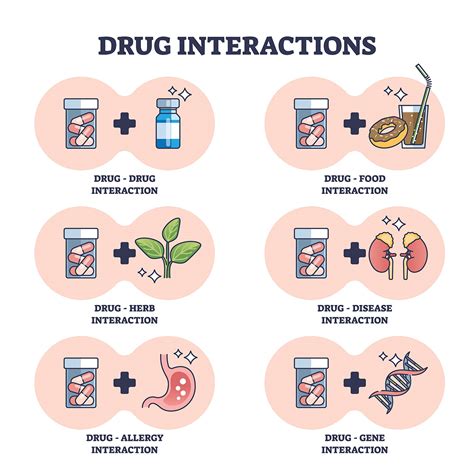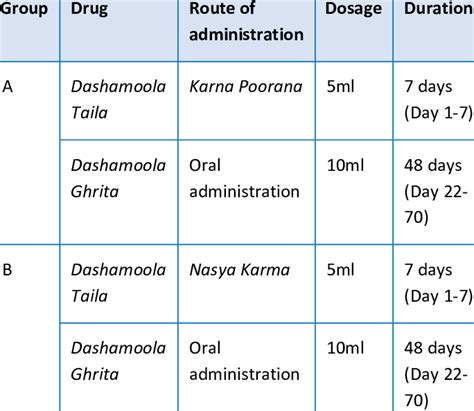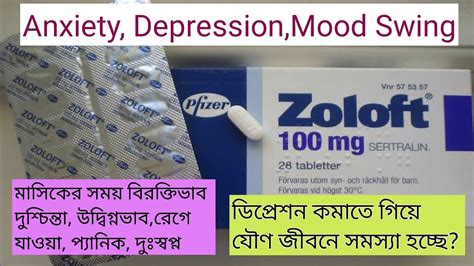Intro
Discover the versatile benefits of Sertraline, an antidepressant with 5 key uses, including anxiety treatment, OCD management, and more, exploring its applications and effects on mental health conditions, such as depression and panic disorders.
Sertraline, commonly known by its brand name Zoloft, is a type of antidepressant medication that belongs to the class of drugs called selective serotonin reuptake inhibitors (SSRIs). It is primarily prescribed to treat depression, anxiety disorders, and some other mental health conditions. The importance of understanding sertraline's uses and effects cannot be overstated, as it is a widely prescribed medication that can have a significant impact on an individual's quality of life. In this article, we will delve into the various uses of sertraline, its working mechanisms, benefits, and potential side effects, providing readers with a comprehensive overview of this medication.
Sertraline's role in managing mental health conditions is multifaceted. It is used not only to alleviate symptoms of depression and anxiety but also to treat a range of other disorders. The medication works by increasing the levels of serotonin in the brain, which helps to improve mood, reduce anxiety, and enhance sleep quality. By understanding how sertraline works and its various applications, individuals can make informed decisions about their mental health treatment. Moreover, the use of sertraline has been extensively studied, and its effectiveness in treating several conditions has been well-documented, making it a valuable resource for those seeking to manage their mental health.
The application of sertraline extends beyond the treatment of depression and anxiety disorders. It is also used to manage symptoms of post-traumatic stress disorder (PTSD), obsessive-compulsive disorder (OCD), and premenstrual dysphoric disorder (PMDD), among other conditions. The versatility of sertraline in addressing a wide range of mental health issues makes it a crucial component of many treatment plans. As research continues to uncover the full potential of sertraline, its importance in the field of psychiatry is likely to grow, offering new hope for individuals struggling with mental health challenges.
Introduction to Sertraline

How Sertraline Works
Sertraline's mechanism of action involves the inhibition of the reuptake of serotonin, a neurotransmitter that plays a crucial role in mood regulation. By preventing the reabsorption of serotonin, sertraline increases the amount of serotonin available in the synaptic cleft, the gap between two neurons. This increase in serotonin levels can help improve mood, reduce anxiety, and alleviate other symptoms associated with mental health conditions.Uses of Sertraline

Benefits of Sertraline
The benefits of sertraline are numerous and well-documented. It has been shown to be effective in reducing symptoms of depression and anxiety, improving sleep quality, and enhancing overall quality of life. Unlike some older antidepressants, sertraline has a more favorable side effect profile, making it a preferred choice for many patients.Side Effects of Sertraline

Managing Side Effects
Most side effects of sertraline are mild and temporary, resolving on their own within a few weeks of starting the medication. However, in some cases, side effects can be bothersome enough to warrant intervention. Strategies for managing side effects include adjusting the dosage, switching to a different medication, or adding another medication to counteract the side effect.Interactions with Other Medications

Contraindications
Sertraline is contraindicated in individuals with a known hypersensitivity to the medication or any of its ingredients. It should also be used with caution in patients with a history of bleeding disorders, kidney or liver disease, and during pregnancy or breastfeeding, as the safety of sertraline in these populations is not well-established.Dosage and Administration

Treatment Duration
The duration of treatment with sertraline depends on the condition being treated. For depression, treatment is typically continued for at least six months after the resolution of symptoms to prevent relapse. For anxiety disorders, the treatment duration can vary, but it is often longer-term.Alternatives to Sertraline

Non-Pharmacological Interventions
Non-pharmacological interventions can be used alone or in conjunction with medication to manage mental health conditions. These interventions include psychotherapy, lifestyle modifications such as regular exercise and a balanced diet, and stress management techniques such as mindfulness and meditation.Conclusion and Future Directions

We invite readers to share their experiences with sertraline or other mental health treatments in the comments below. Your insights can help others make informed decisions about their care and contribute to a broader understanding of mental health management. Additionally, consider sharing this article with someone who might benefit from the information, as raising awareness and promoting education about mental health are crucial steps towards fostering a supportive community.
What is sertraline used for?
+Sertraline is used to treat depression, anxiety disorders, and some other mental health conditions.
How does sertraline work?
+Sertraline works by increasing the levels of serotonin in the brain, which helps to improve mood and reduce anxiety.
